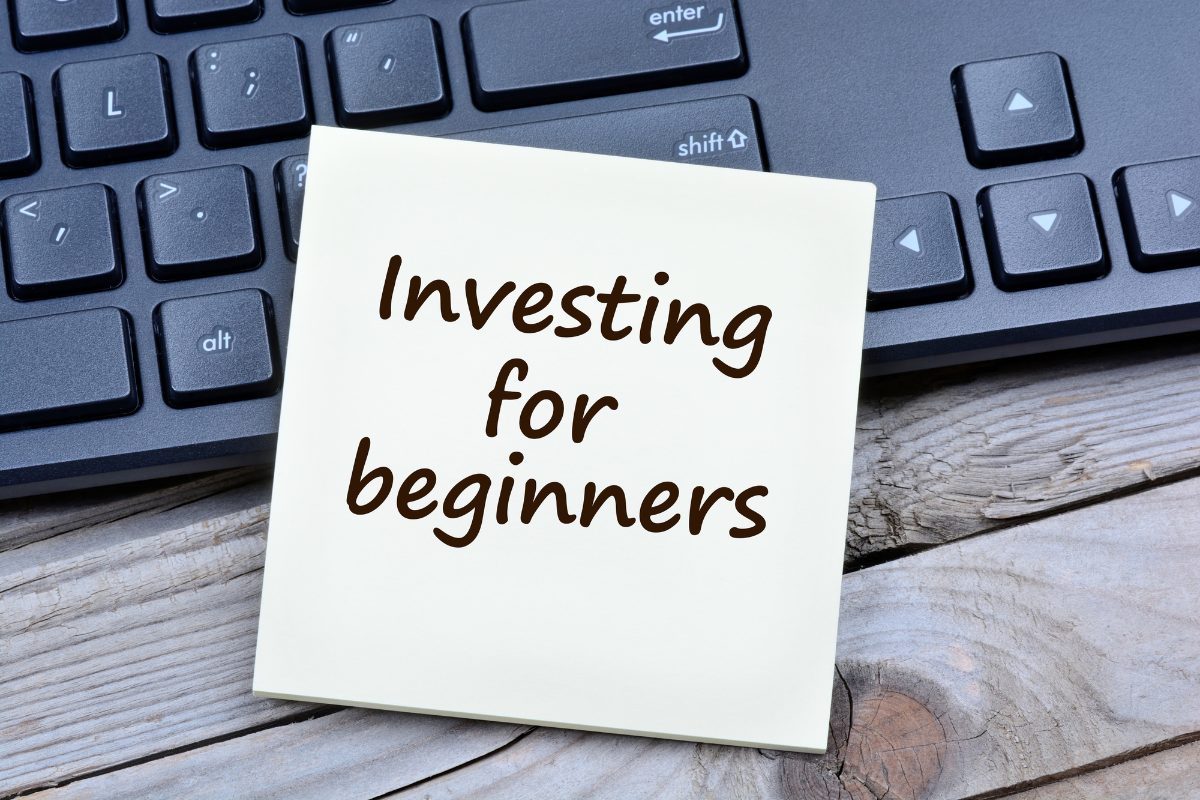Investing has long been heralded as a powerful tool for building wealth, achieving financial independence, and securing a comfortable retirement. Yet for many beginners, the process can seem daunting, layered with jargon, risks, and conflicting advice. The good news is that successful investing is not reserved for the wealthy or the financially astute. With the right foundation, anyone can begin their investment journey wisely and confidently.
Here are seven key considerations every beginner should reflect on before taking the plunge into investing:
- Understand Your Investment Goals
Before placing any funds into an investment vehicle, it is crucial to understand your “why”. Are you investing to build wealth over the long term? Planning for a home purchase? Saving for your children’s education? Or perhaps preparing for retirement?
The nature and timeline of your goals will shape your investment choices. For instance:
- Short-term goals (0–3 years) might be better suited to safer, more liquid options like high-yield savings accounts or short-term government bonds.
- Medium-term goals (3–10 years) could warrant a balanced approach between growth and stability, possibly involving a mix of bonds and equities.
- Long-term goals (10+ years) often allow for a greater risk appetite, favouring growth-oriented investments such as equities, property, or ETFs.
Without clear objectives, your investments may lack direction, and you may find yourself chasing returns without a solid foundation.
- Know Your Risk Tolerance
Investment is inherently linked with risk. The potential for returns always comes with the possibility of losses. Risk tolerance refers to your ability – emotionally and financially – to endure volatility in your investments.
There are generally three types of investors:
- Conservative – prioritising capital preservation over high returns.
- Moderate – willing to take on some risk for better long-term gains.
- Aggressive – prepared to accept higher volatility for the potential of greater returns.
Assessing your risk tolerance should not be based on short-term emotions. Instead, consider your age, income stability, financial obligations, and your reaction to market downturns. A market dip might be an opportunity for a seasoned investor but could trigger panic in a novice if they are not prepared.
Remember, risk and return go hand in hand. Higher returns typically require higher risk, but it’s essential to invest in line with your comfort level.
- Start with What You Understand
A common pitfall among beginners is investing in complex financial products they do not fully comprehend. Whether it’s derivatives, cryptocurrencies, or niche market funds, it’s important not to be swayed by hype or peer pressure.
Instead, focus on familiar instruments such as:
- Stocks (shares of companies)
- Bonds (debt instruments issued by governments or companies)
- Mutual Funds (pooled investments managed by professionals)
- Exchange-Traded Funds (ETFs) (funds traded like stocks, often tracking a market index)
Warren Buffett famously advised: “Never invest in a business you cannot understand.” Apply this philosophy to all your investment decisions. Simplicity is often the key to long-term success.
- Diversify Your Portfolio
One of the most effective ways to manage risk is through diversification – the practice of spreading investments across different asset classes, sectors, and geographies.
Imagine putting all your savings into the stock of a single company. Should that company face financial troubles, your entire investment could be at risk. But if your funds are spread across various companies, industries, and countries, a poor performance in one area can be offset by gains in another.
A well-diversified portfolio might include:
- Equities (across industries such as healthcare, tech, finance)
- Bonds (government and corporate)
- Real estate
- Cash or money market instruments
- International assets
Diversification does not guarantee profits, but it significantly reduces the likelihood of catastrophic losses.
- Have a Long-Term Perspective
Investing is not a get-rich-quick scheme. In fact, short-term speculation often leads to disappointment or loss. The true power of investing lies in compound growth over time.
Consider the example of investing £5,000 per year at an average return of 7% annually. In 30 years, your investment could grow to over £500,000 – not through massive gains each year, but through the consistent compounding of returns.
Markets will rise and fall, often dramatically. However, history shows that over long periods, well-diversified portfolios tend to grow. Reacting impulsively to market downturns can be detrimental. A long-term mindset fosters patience, discipline, and resilience.
- Mind the Costs and Fees
Many beginner investors overlook the impact of fees on their investment returns. These can come in several forms:
- Management fees (common in mutual funds and robo-advisors)
- Trading commissions
- Fund expense ratios
- Platform fees
Even a seemingly small annual fee of 1.5% can significantly eat into long-term returns. For instance, over 30 years, it could reduce your final portfolio value by tens of thousands of pounds.
Opt for low-cost investment options where possible, such as index funds or ETFs, which typically have much lower fees than actively managed funds. Always read the fine print and ensure you understand what you’re paying for.
- Keep Learning and Stay Informed
The world of investing is constantly evolving. New asset classes, changing regulations, economic cycles, and global events all influence markets. As such, it pays to stay informed and continuously educate yourself.
Useful strategies include:
- Reading financial news from credible sources like The Financial Times or Bloomberg.
- Following investment blogs or podcasts tailored to beginners.
- Using simulation tools to practise trading without real money.
- Engaging with reputable online courses on platforms like Coursera or edX.
However, beware of “noise” – the flood of daily market chatter that can lead to anxiety and rash decisions. Focus on fundamentals and your personal strategy, not short-term headlines.
Moreover, be sceptical of “hot tips” and influencers promoting investments that promise guaranteed returns. There’s no such thing. Trust comes from transparent processes, evidence-based strategies, and regulation.
Conclusion: Start Small, Think Big
Starting your investment journey can feel overwhelming, but it doesn’t have to be. By focusing on these seven principles – clear goals, risk understanding, informed choices, diversification, long-term discipline, cost awareness, and continuous learning – you lay a strong foundation for a successful investment future.
Remember, the most important step is starting. Even small, regular investments can build into a significant portfolio over time. The key is consistency, patience, and a willingness to learn.
Investing is a journey, not a destination. Take it one thoughtful step at a time, and your future self will thank you.




